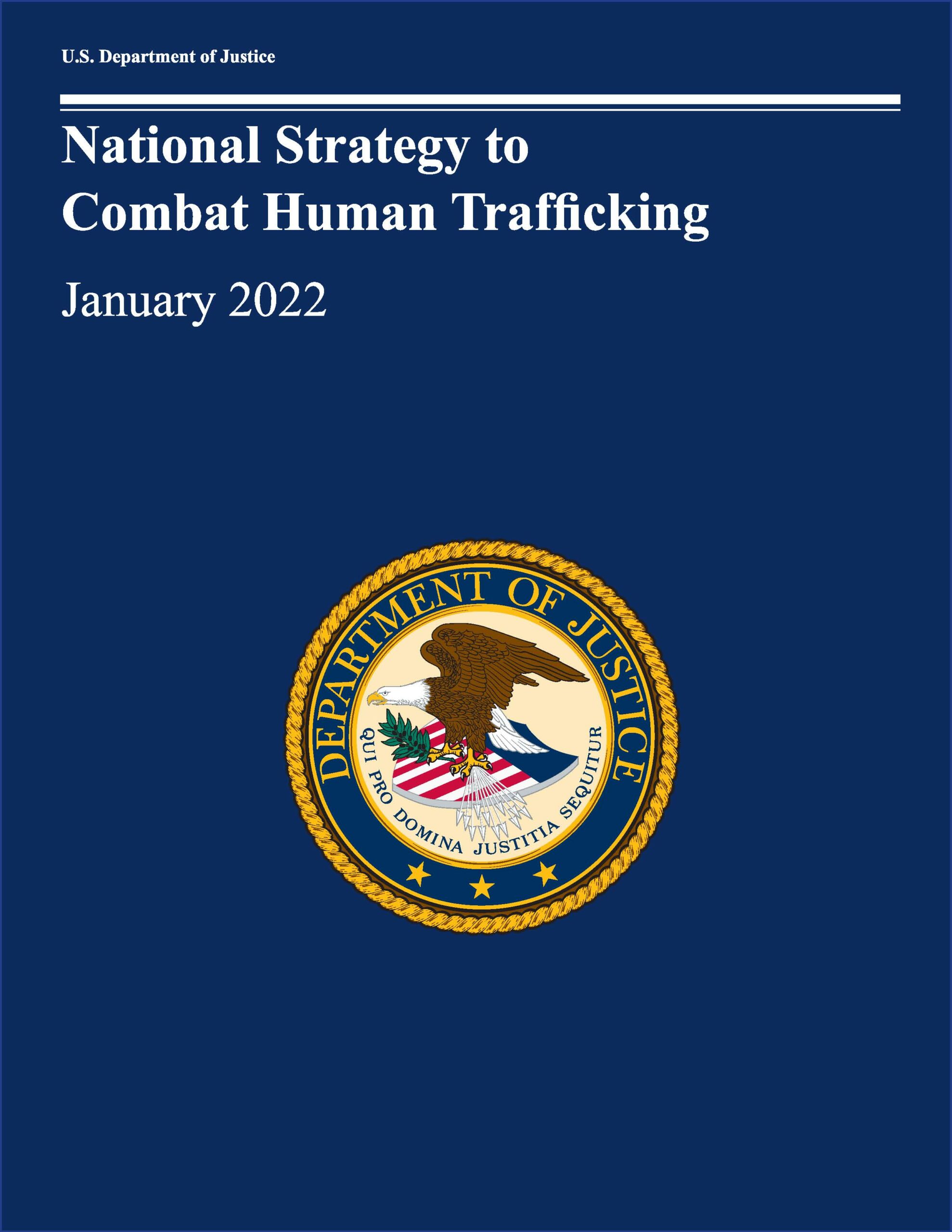Reference




OpenAI's Answer
Here are some key strategies to effectively combat human trafficking:
-
Prevention and Awareness: Utilizing public health approaches and collective strategies to increase awareness and prevent trafficking before it occurs (source).
-
Strong Legal Frameworks: Implementing strong laws to identify, prosecute, and punish traffickers. Enhancing legal frameworks helps in dismantling trafficking networks and providing justice to victims (source).
-
Improved Detection: Developing better mechanisms for the early detection of human trafficking networks and victims through intelligence and data sharing (source).
-
Support for Survivors: Providing comprehensive care, protection, and support systems for trafficking survivors to rebuild their lives and prevent re-trafficking (source).
-
International Cooperation: Engaging in international collaborations and agreements to tackle cross-border trafficking and ensure a unified approach to human trafficking globally (source).
-
Economic and Social Measures: Addressing root causes such as poverty and lack of education by improving economic opportunities and social services for vulnerable populations (source).
By integrating these strategies across policies and actions, both at national and global levels, the fight against human trafficking can be more robust and effective.
Follow Up
Related
CHAPTER 2 - Literature Review 2.1. Introduction This chapter undertakes a review of literature to
During which conflict was the Mitsubishi Ki-30 first used in combat?
How do the soldiers' shared experiences influence their relationships with each other?
What role did the Ki-30s primarily serve in after being withdrawn from combat?